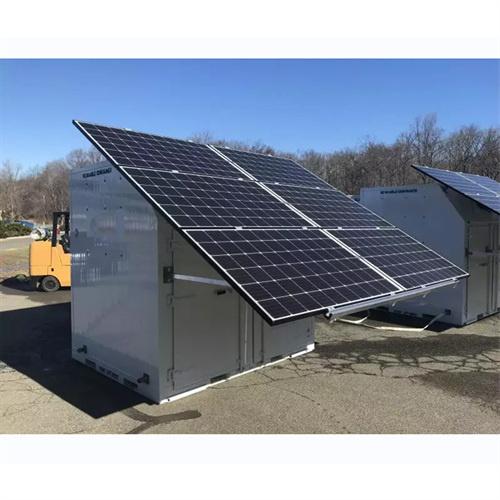About New generation lithium-ion energy storage system
Energy storage is important for electrification of transportation and for high renewable energy utilization, but there is still considerable debate about how much storage capacity should be developed and on th.
The importance of batteries for energy storage and electric vehicles (EVs) has been.
Renewable energy is fundamentally different from traditional sources and requires a paradigm shift from a centralized, top-down infrastructure to a distributed, varia.
The above discussion suggests that developing and deploying an exceptional amount of storage capacity to meet both short-term and long-term requirements is difficult and costl.
The question is how to meet the 5.5 TWh storage challenge. Parallel approaches should be followed to maximize the benefits of all resources, including high renewable generation [26].
Based on the discussion in this paper, a high priority for storage applications is to significantly increase the cycle life of the batteries. There are several strategies to increase the cycl.
As the photovoltaic (PV) industry continues to evolve, advancements in New generation lithium-ion energy storage system have become critical to optimizing the utilization of renewable energy sources. From innovative battery technologies to intelligent energy management systems, these solutions are transforming the way we store and distribute solar-generated electricity.
When you're looking for the latest and most efficient New generation lithium-ion energy storage system for your PV project, our website offers a comprehensive selection of cutting-edge products designed to meet your specific requirements. Whether you're a renewable energy developer, utility company, or commercial enterprise looking to reduce your carbon footprint, we have the solutions to help you harness the full potential of solar energy.
By interacting with our online customer service, you'll gain a deep understanding of the various New generation lithium-ion energy storage system featured in our extensive catalog, such as high-efficiency storage batteries and intelligent energy management systems, and how they work together to provide a stable and reliable power supply for your PV projects.
Related Contents
- Principle of new energy storage power generation
- New energy energy storage power generation
- New generation of liquid flow energy storage
- Us air transport new energy storage line
- Energy storage and new energy design scheme
- Thinking about energy storage and new energy
- Jakarta new energy storage power station
- Energy storage battery new energy layoffs
- New market china energy storage project
- The importance of developing new energy storage
- New energy storage battery sales channels
- Ashgabat involves new energy storage projects


